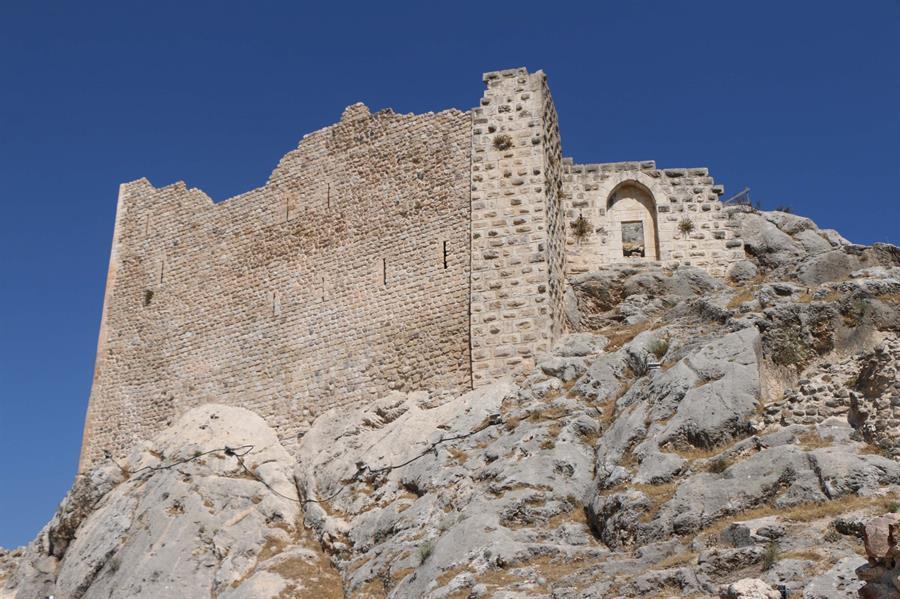
The southeastern province of Adıyaman’s Ancient Kahta Castle, which was reopened to visitors following 17-year restoration works, has attracted some 2,000 in a month.
Providing information about the comprehensive restoration, Adıyaman Museum Director Mehmet Alkan said, “Glass terrace and walking paths were built, and the landscaping was done. After all security measures were taken, the castle started to welcome its visitors.”
Noting that there has been a great interest in the historic castle, Alkan said the ruins of the castle date back to the Hittites, Commagene civilization, the Roman empire and Byzantine periods.
“This place has hosted many civilizations. Local and foreign tourists, who are aware of this place’s history, show great interest,” he said, adding that the number of visitors to the castle, opened as of Aug. 3, reached 2,000.
Built in the third century B.C. in Adıyaman’s Kahta district during the Commagene civilization, the castle was closed to visitors for security reasons after some parts of it were destroyed in 2005 due to heavy rain.
Restoration works were completed in 2015, and the castle, which is located in the Eski Kahta (Old Kahta) village, was reopened to visitors last month.
The historic castle, which was built as an administrative center by the Commagene civilization, was developed by adding a cistern, dungeon, shop, place of worship and large room during the Mamluk period.
Commagene was an ancient Greco-Iranian kingdom ruled by a Hellenized branch of the Iranian Orontid dynasty that had ruled over Armenia. The kingdom was located in and around the ancient city of Samosata, which served as its capital.
Commagene has been characterized as a “buffer state” between Armenia, Parthia, Syria and Rome as it included all of those cultures.
It is estimated that the name Commagene derives from the Iron Age name of Samosata, Kummuh.